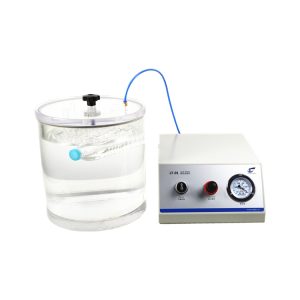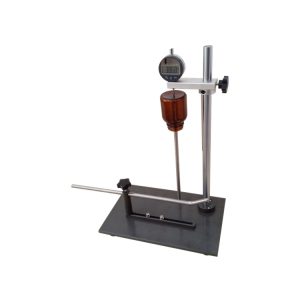The carbon dioxide volume and temperature of carbonated beverages do have an impact on taste.
Firstly, the carbon dioxide content is a key factor in determining the number and size of bubbles in carbonated beverages. Higher carbon dioxide levels result in the formation of more bubbles, which are released in the mouth and give the drink a strong bubbly sensation. This bubbly sensation brings a stimulating and impactful sensation to the palate, making the drink more refreshing and interesting.
Secondly, the effect of temperature on the taste of carbonated beverages is also very important. At lower temperatures, carbon dioxide dissolves more easily in the drink, resulting in more bubbles and a higher bubble density, making the drink taste cooler and more refreshing. Higher temperatures cause carbon dioxide to escape more quickly, resulting in fewer bubbles and a smoother taste.
Temperature also affects the perception of sweetness and acidity. Generally speaking, a lower temperature will reduce the perception of sweetness and acidity, resulting in a more balanced taste. On the other hand, higher temperatures will enhance the perception of sweetness and acidity, resulting in a more full-bodied drink.
Therefore, different combinations of CO2 content and temperature can produce different taste experiences.
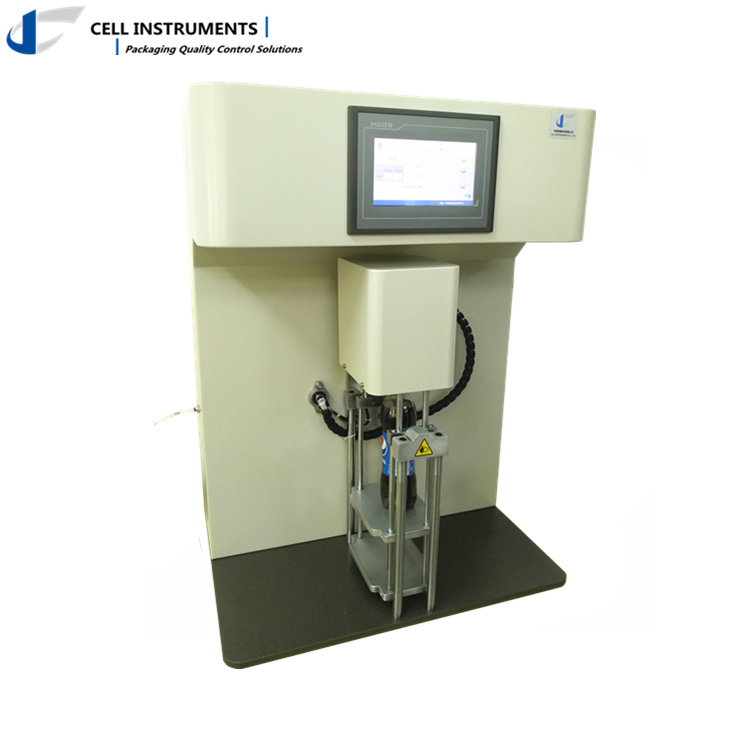
Significance
Electric Carbon Dioxide Volume Tester is used for development of various beverage container designs to determine the functional characteristics of the package in regard to shelf life. Electric Carbon Dioxide Volume Tester is also for using in beverage filling operations as a quality control tool in maintaining the desired CO, fill pressure. A loss of CO2, will affect product taste.
Test Method
Test bottles are filled with carbonated water or beverages, and after the caps are sealed, they are placed in designated test environments for specific time durations. By regularly measuring the initial and final levels of carbonation in the containers, the amount and speed of carbonation loss can be calculated.
Automated Testing Process
The tester makes below traditional manual process all automatic.
Pierce the bottle cap → open the vent valve to exhaust → close the vent valve → vibrate vigorously for 40seconds → record the MPa after the pressure stabilizes (measure the liquid temperature)→carbon dioxide gas capacity test results.
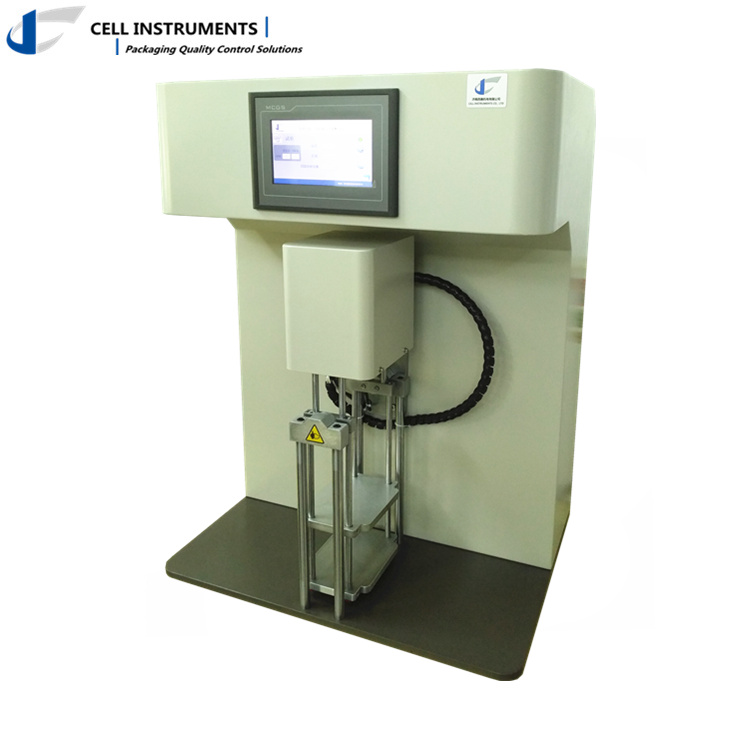
Technical Features
It’s a PLC controlled unit (industrial level stable) and HMI touch screen operated; Servo motor and gearbox transmittance for the agitation of sample bottle; Anti-leak design with precious temperature and pressure measurement.
- Dual motor design enables independent control of piercing and shaking functions.
- Accurate control over the displacement and speed of piercing.
- Customizable shaking frequency and duration.
- Test results are ensured to be accurate with the use of high-precision pressure sensor.
- Real-time display of current temperature facilitated by high-precision temperature sensor.
- Automatic measurement of carbonation volume after the test.
- Optional microprinter available.
- Optional RS 232 port and professional software.
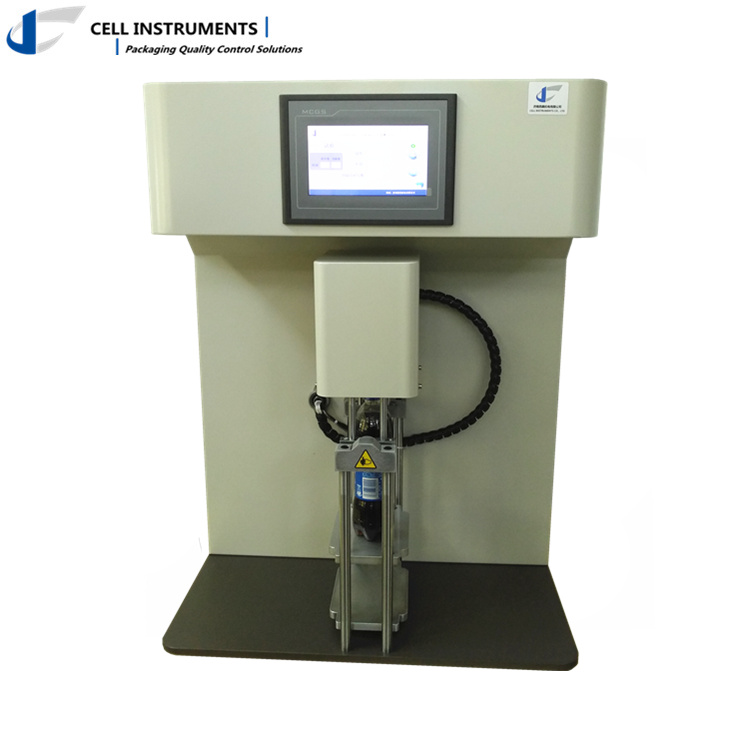
Main Parameters
Test Range 0~1MPa
Resolution 0.01KPa
Shaking Speed Adjustable
Piercing Speed 5mm/s (other available)
Sample Height ≤ 350mm (other available)
Temperature range 0 ~ 30 ℃
Shaking time 40s (other available)
Resolution 0.1 ℃
Major Standards
ASTM F1115 Standard Test Method for Determining the Carbon Dioxide Loss of Beverage Containers




